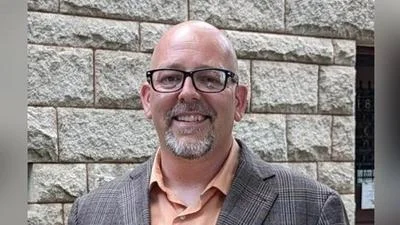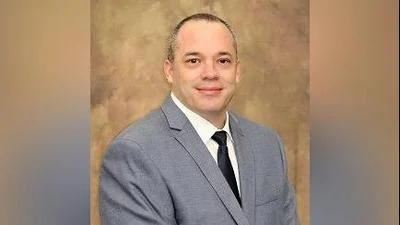State Representative Wayne Rosenthal (IL) | Representative Wayne A Rosenthal (R) 108th District
State Representative Wayne Rosenthal (IL) | Representative Wayne A Rosenthal (R) 108th District
The Mahomet Aquifer is a crucial source of drinking water for over half the population in east-central Illinois. In 2015, the US Environmental Protection Agency designated part of the Mahomet Aquifer as a "Sole Source Aquifer," offering additional protections to nearly one million Illinois residents who depend on it for their primary water supply.
Contrary to common belief, aquifers are not large underground lakes. An aquifer consists of rock or sediment fully saturated with water. It can be composed of sand, gravel, sandstone, or other rocks capable of storing or transmitting water. Water that enters an aquifer remains there.
Water in an aquifer typically originates from rain or snowmelt seeping into the ground. The amount reaching the aquifer varies depending on surface type and underlying soils. Once underground, water moves downward until it encounters an impermeable rock layer. This movement acts as a natural filter, purifying the water by removing sediment. Eventually, water exits the aquifer and requires replenishment through "recharge."
Some samples from the Mahomet Aquifer date between 1,000 and 12,000 years old; however, the aquifer itself formed over one million years ago when sand and gravel were deposited in a river valley later altered by floods and covered by glacial sediment more than 130,000 years ago.
Currently, the Mahomet Aquifer supplies water to residents in 15 Illinois counties: Cass, Mason, Menard, Sangamon, Logan, Tazewell, Woodford, McLean, De Witt, Macon, Piatt, Champaign, Ford, Iroquois and Vermilion. It is one of 68 Primary Aquifers in the United States providing 45 percent of the nation's drinking water.
Despite purification through sand and gravel filtration within the aquifer itself can still become contaminated from waste disposed at its surface. Nearby landfills or chemical waste disposal sites pose contamination risks to groundwater stored in the aquifer. Additionally recent legislation allowing carbon sequestration has raised concerns among residents about potential threats to their drinking water safety.
Earlier this year State Representative Wayne Rosenthal voted against SB1289 legislation permitting carbon sequestration activities potentially affecting both Mahomet Aquifers' safety along with surrounding lands.
Rep Rosenthal stated: “Many landowners do not want any form of government allowing construction of CO2 pipelines through their farmland because of eminent domain concerns As now Mahomet Aquifers have no protections under SB1289 that's major concern for residents should be legislators too.”
Following SB1289's passage Republican lawmakers sent Governor Pritzker letter highlighting risks posed by carbon sequestration urging ban injecting CO2 waste through under Mahomet Aquifers Governor had not responded letter signed bill law effective January 1st 2025






 Alerts Sign-up
Alerts Sign-up